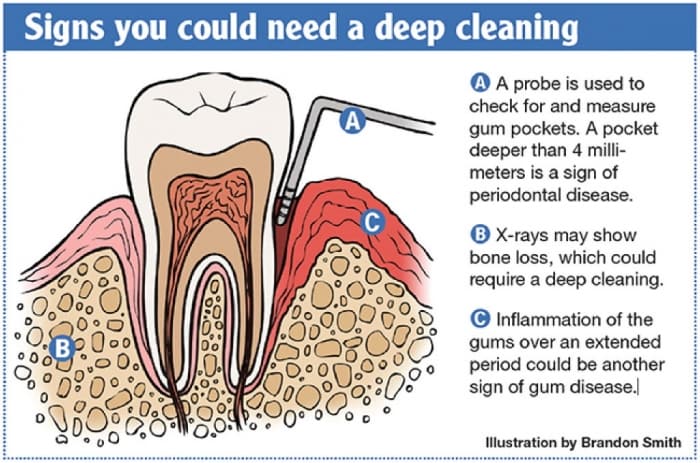If you think electronic cigarettes are safe for your teeth, you might want to think again.
How Electronic Smoking Affects You
Studies have shown that nicotine can harm the mouth, gums and tongue, at the same time contributing significantly to the development of gingivitis and periodontitis. These issues can cause bad breath and inflammation throughout the body. Here are 4 ways that nicotine can impact your oral health.
Nicotine causes gum recession
Nicotine is a vasoconstrictor, meaning it reduces the blood flowing through your veins. As a result, it restricts the oxygen and nutrients that your gums need to stay healthy. Nicotine also prevents tissues in the mouth from receiving the blood it needs to survive, causing death of the gum tissues.
Nicotine masks symptoms of gum disease
Nicotine hides the symptoms of gum disease which makes it harder to diagnose, fooling you and your dentist into thinking that things are going well. If the progression of gum disease can’t be observed or diagnosed, things can go south without proper treatment.
Nicotine causes bad breath
Nicotine also inhibits your body’s ability to produce saliva. And a lack of saliva can leave you susceptible to bacteria build-up, dry mouth, and tooth decay.
Nicotine intensifies grinding
Nicotine is a stimulant that fires up the muscles. This can prompt you to grind your teeth if you weren’t a grinder before, or even more intensely if you’re already a grinder!
Dangers of Electronic Smoking
Many smokers are under the impression that e-cigarettes are a healthier option to regular cigarettes. Recent studies, however, have shown that e-cigarettes could be just as harmful as the regular ones. Just because there isn’t tobacco doesn’t mean there isn’t any nicotine. Any problems that come with nicotine are still present when vaping.
It’s easy to see why e-cigarettes are trendy alternatives, too. They don’t contain tobacco, although they do contain nicotine derived from the tobacco plant, and they don’t produce smoke. They’re battery-powered and work by producing an aerosol that you “vape” so you can use them anywhere.
Pocket Readings for Your Gum Health
If you’re thinking about using e-cigarettes or are already using them, you have to be extra vigilant about gum disease prevention. But how do you watch out for the tell-tale sign of gum disease if nicotine masks bleeding gums via vasoconstriction?
To diagnose gum disease and measure its progression, your dentist do something called a pocket reading.
These “pockets” are referred to the “moat” around each of your teeth. It is the space between the gum line and where the tooth and gum attach a little further (see illustration below). Deeper pockets indicate a breakdown of the attachment of the gums to the teeth.

If you’re a regular smoker, we recommend visiting your dentist every three months to monitor your pocket readings. A frequency of every three months is necessary to prevent tooth loss, bone loss, and gum recession.
Of course, the best and most convenient option here, and we know that it’s hard to hear, is to kick the nicotine habit.
